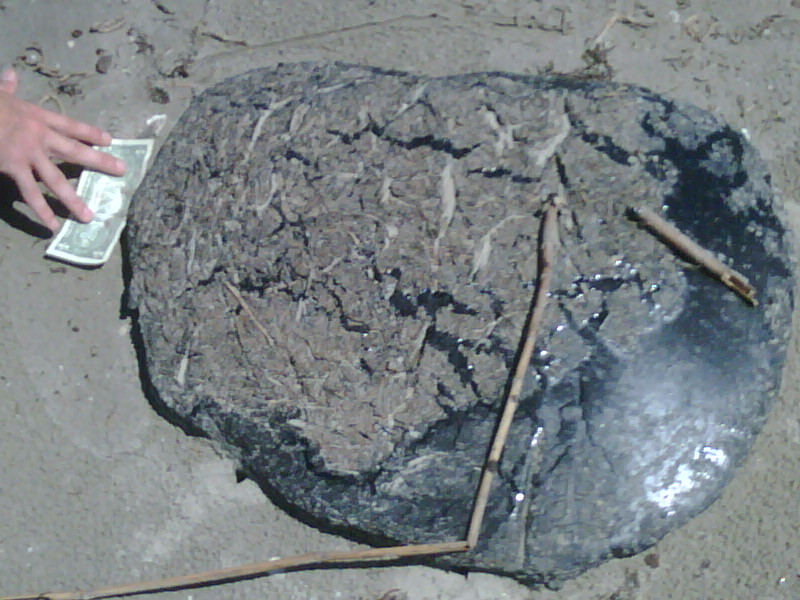Science News
Where's the Oil?

In addition to the apparent success of the static kill operation on the Deepwater Horizon, more cautious good news seems to be coming out of the disaster. Earlier this week, NOAA released a report on the oil in the Gulf of Mexico—it seems to be disappearing:
The vast majority of the oil from the BP oil spill has either evaporated or been burned, skimmed, recovered from the wellhead or dispersed much of which is in the process of being degraded. A significant amount of this is the direct result of the robust federal response efforts.
According to NOAA, of the calculated 4.9 billion barrels of oil spilled, 33% was burned, skimmed or dispersed by recovery efforts; 41% naturally evaporated, dissolved or dispersed and 26% remains—either in the water, washed ashore, collected on shore or buried in sand or sediments.
“Cautious” is the active word—stories in many news outlets from the BBC to the New York Times to NPR seem to question these findings, despite NOAA’s claim that “More than 25 of the best government and independent scientists contributed to or reviewed the calculator and its calculation methods. “
Even NOAA remains cautious. From another article in the New York Times:
She [Jane Lubchenko, head of NOAA] emphasized, however, that the government remained concerned about the ecological damage that has already occurred and the potential for more, and said it would continue monitoring the gulf.
“I think we don’t know yet the full impact of this spill on the ecosystem or the people of the gulf,” Dr. Lubchenco said.
Among the biggest unanswered questions, she said, is how much damage the oil has done to the eggs and larvae of organisms like fish, crabs and shrimp. That may not become clear for a year or longer, as new generations of those creatures come to maturity.
And Nature gives prior oil spill examples to back this up:
Studies of the 1989 Exxon Valdez spill in Alaska show that oil ingested by marine life accumulates in tissues, lowers reproductive rates and increases disease and mortality rates… The blowout of the Ixtoc I offshore well in Mexico’s Bay of Campeche, which spewed some 530 million liters of oil into the Gulf between June 1979 and March 1980, gave similar results… it reduced or threatened populations of coral, sea turtles, shrimp and fish.
So what happened to the oil? The New York Times and New Scientist gives us one reason it’s not there—oil-eating microbes. Their populations have exploded recently (New Scientist):
Oil-eating bacteria in the Gulf's deeper waters may have reacted so fast thanks in part to being primed by natural oil seeps along the sea floor.
But one potential side effect is that these growing little creatures could consume much of the oxygen in the water. The New York Times:
…drops in oxygen could especially threaten an unusual class of creatures that also live on oil: communities of clams, mussels and tube worms that flourish in the sunless depths of the gulf.
Which makes us more cautious. Meanwhile, scientists are trying to determine the current and long term effects of almost two million gallons of chemical dispersant put into the gulf. And clean-up efforts along 600 miles of shoreline remain underway.
A bit too soon to celebrate…
Image by Louisiana GOHSEP